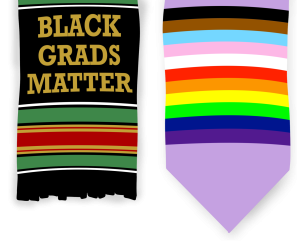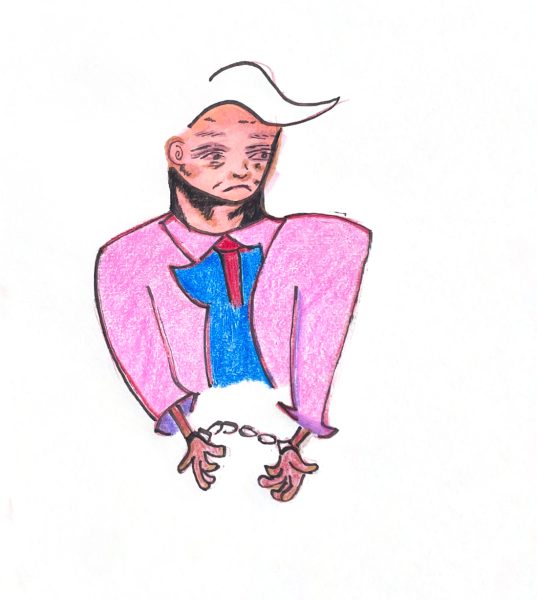Tik Tok will never be Vine, thankfully
April 5, 2020
In all honesty, I spend at least three hours on TikTok per day. Is this excessive? Probably. Am I embarrassed? Only slightly. However, I know I am not alone in traveling down the rabbit hole that is the For You page, especially as many of us are currently practicing social distancing. During this time, TikTok is one way we are able to stay connected despite the precautions we’re taking. Even before this, though, the way people were using this app was still extremely versatile.
You can learn how to do almost anything through videos on TikTok. I’ve learned how to make a Greek Frappe. I’ve learned how to make a lino cut. Do you need to know how to bring in the waist on your pants? Check TikTok! Even teachers are starting to recognize how valuable the platform can be to in-class learning.
TikTok is a lot more than just a bank of meme material. It carries the potential to bring generations together. The platform is extremely simple to use, and it’s pretty fun. Teachers can make videos teaching students new concepts and terms. Abuelitas can post a vlog of their tamalada. Your dad can get on and learn one of the notorious TikTok dances; I can speak to this from personal experience.
TikTok is extremely accessible, and the community of people on the app is diverse. A majority of the most popular audios that play in the backgrounds of users’ videos are in languages like Portuguese, French and Korean. This offers a space for people to affirm their identities, and it is an opportunity to learn about others as well. In a place with diversity of interests and cultures, people feel more comfortable expressing themselves. People feel comfortable speaking about their mental health journeys. They feel comfortable telling stories of oppression. Some users even use the platform to stay politically active in a fun and engaging way. There are so many great things TikTok brings to the table, yet there’s always a shadow lurking in the corner: Vine.
Vine and TikTok are constantly being compared, and many people are completely convinced Vine is the superior platform. Vine stans point out the number of repetitive videos on TikTok, quick to criticize the adolescents posting dance videos and — in my experience — bitter about the success of the platform. TikTok is almost always painted as a knock-off of Vine, but the format is very different. Vine has six-second videos. TikTok has 15- to 60-second videos, and you can make an “original sound,” which is just a normal video, or you can add a different sound in the background from another user’s video. Of course, this setup can cause a lot of similarities in content, but that isn’t unusual. For example, I know no one wanted just one Baby Yoda meme, so why is it an issue to do the same imitation on another platform?
On a similar note, there are a lot of — to say nicely — unique videos being posted by adolescents. Yes, these videos can be cringy. Yes, these videos occasionally give me secondhand embarrassment, but it’s empowering to see kids so confident. I was an extremely shy child; even now, I am hesitant to admit to the world that my emo phase never ended and Jimin of BTS will forever be my bias. However, seeing these kids have so much fun doing dances they like, stanning who they want and collaborating with other kids their age is inspiring. They deserve to have fun, too, and — even if you think it’s awkward — we all do funny things while growing up. Let them be kids. Let people enjoy things.
TikTok is by no means perfect, but it makes people happy, lets them have fun and always starts a conversation. Right now, being able to have an escape where you can watch a funny video, learn something new or find a new song is really comforting. Vine is gone. It’s okay to remember Vine, but we can’t stay stuck in the past. Now, it’s time to let TikTok have its moment.












